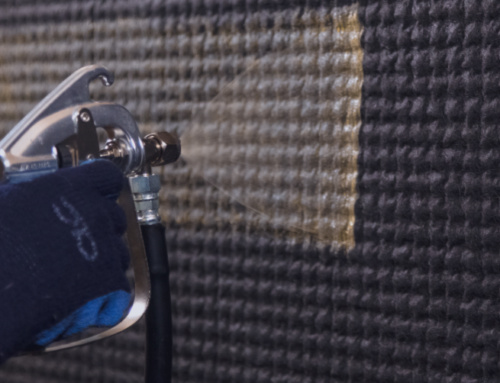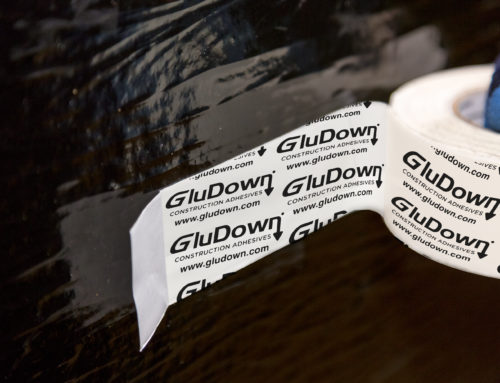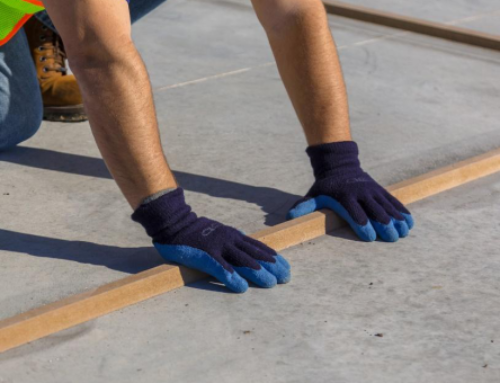According to the Tilt-Up Concrete Association, tilt-up is one of the fastest growing industries in the United States. At least 10,000 buildings enclosing more than 650 million square feet are constructed annually. This is due, in part, to the economics of tilt-up, which combine reasonable cost with low maintenance, durability, speed of construction and minimal capital investment.
Tilt-up concrete construction itself may not be new, but there are innovative processes and products coming on line continually to enhance its benefits. One of those is gluing down various components. This approach, in fact, can have a positive impact on all four of the advantages of tilt-up mentioned above – upkeep, reliability, efficiency and cost.
As with any project, planning is the key to success. The result will be a building that functions as designed, looks good and meets cost parameters. In the planning stage, there are two basic aspects of securing to consider. One is aesthetic and the other is structural. Both can benefit from gluing down.
>> Find a Distributor <<
The aesthetic aspect typically involves the use of reveal strips to impart patterns and textures to the external surface of a panel. Structural elements include components like weld plates, forming brackets and moisture barriers. How to secure these components is a critical decision that must be made early in the building design and construction planning process.
A fundamental concern should be the disadvantages presented by nailing, screwing or bolting materials to the concrete elements. For one thing, that process is time consuming and labor intensive. It can mean not only increased cost, but fatigue and potential strain for workers.
Moreover, builders need to be aware of a new ruling from OSHA (1926.1153) that takes effect on September 23 of this year for the construction industry. It is intended to curb lung cancer, silicosis, chronic obstructive pulmonary disease and kidney disease in American workers by limiting their exposure to respirable crystalline silica. These airborne particulates are created by drilling or sawing into concrete and may require purchasing attachments for drills, vacuums for the particulates and generators to run the vacuums.
Another critical issue is potential breaching of a moisture barrier under the slab by fasteners that are longer than the depth of the slab itself. It’s amazing how often this factor is overlooked, which can be very expensive or even impossible to correct.
Finally, removing the nails, screws or bolts after using elements like reveal strips means having to do the entire process in reverse and then patching every hole. Plus, those patches may likely cause problems later and require ongoing monitoring and maintenance.
All in all, not a very efficient approach!
So what’s the answer?
Gluing down addresses all of these concerns and offers clear advantages for tilt-up construction applications. Those benefits include high strength, simplicity and portability, instant tack and fast curing, quick application, bonding with a wide range of materials and easy clean-up.
It’s a highly versatile solution for uses like reveal strips, chamfer, weld plates, forming brackets, expansion joints and moisture barriers. Materials that can be bonded include concrete, fabric, fiberglass, foam, MDF, metal, plastic, rubber and wood.
Don’t make the choice of securing method an afterthought. It must be addressed early and carefully. In many, if not most, cases you’ll find that gluing down is winner that delivers efficiency, reliability, versatility.





